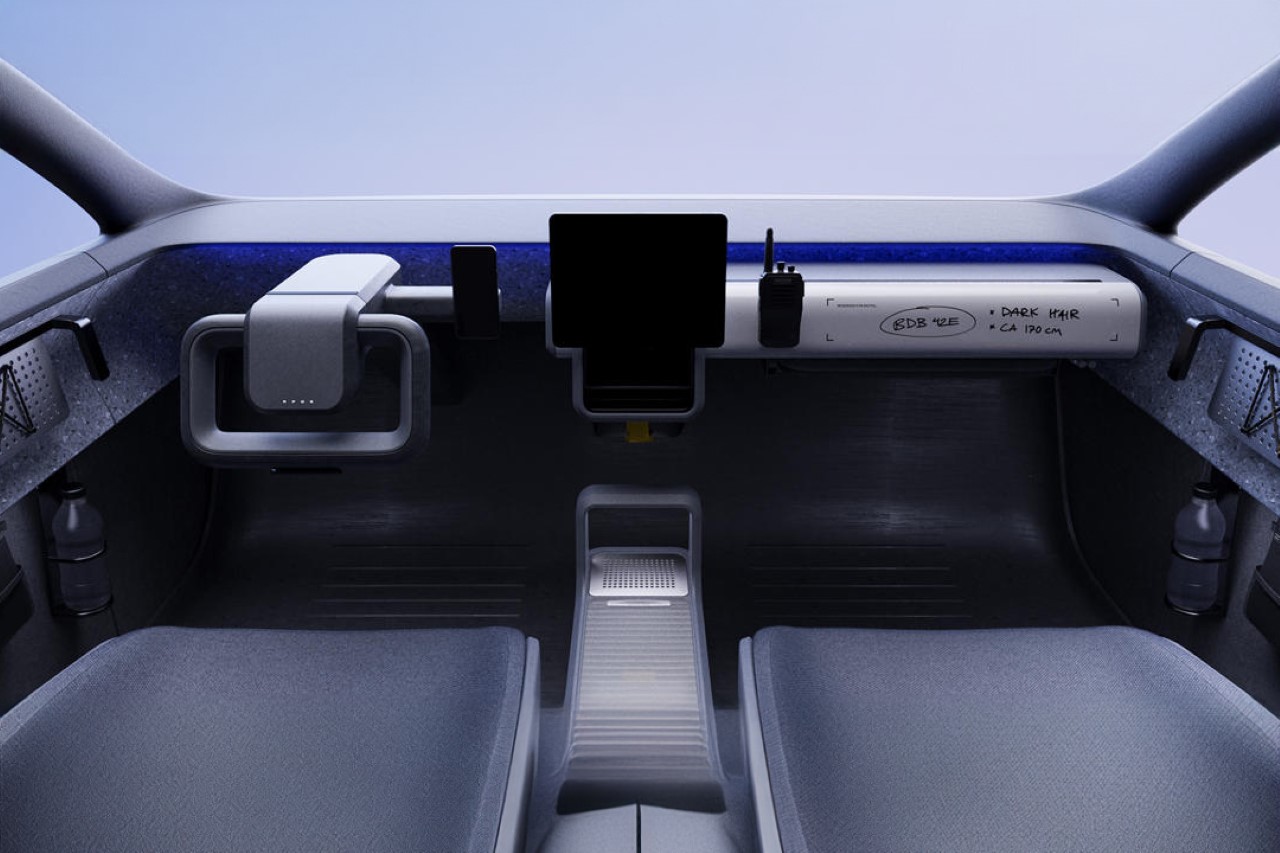
For decades, police cars have been an adaptation, not an innovation. Budgetary constraints often relegate officers to modified sedans, ill-equipped for the specific demands of law enforcement. But a recent design project by David Dahlberg, a graduate from Sweden’s Umeå Institute of Design, is challenging this status quo. Dahlberg’s concept car interior, envisioned for the Swedish police force in 2035, throws out the one-size-fits-all approach and meticulously tailors the workspace to the unique needs of officers on the go.
Designer: David Dahlberg
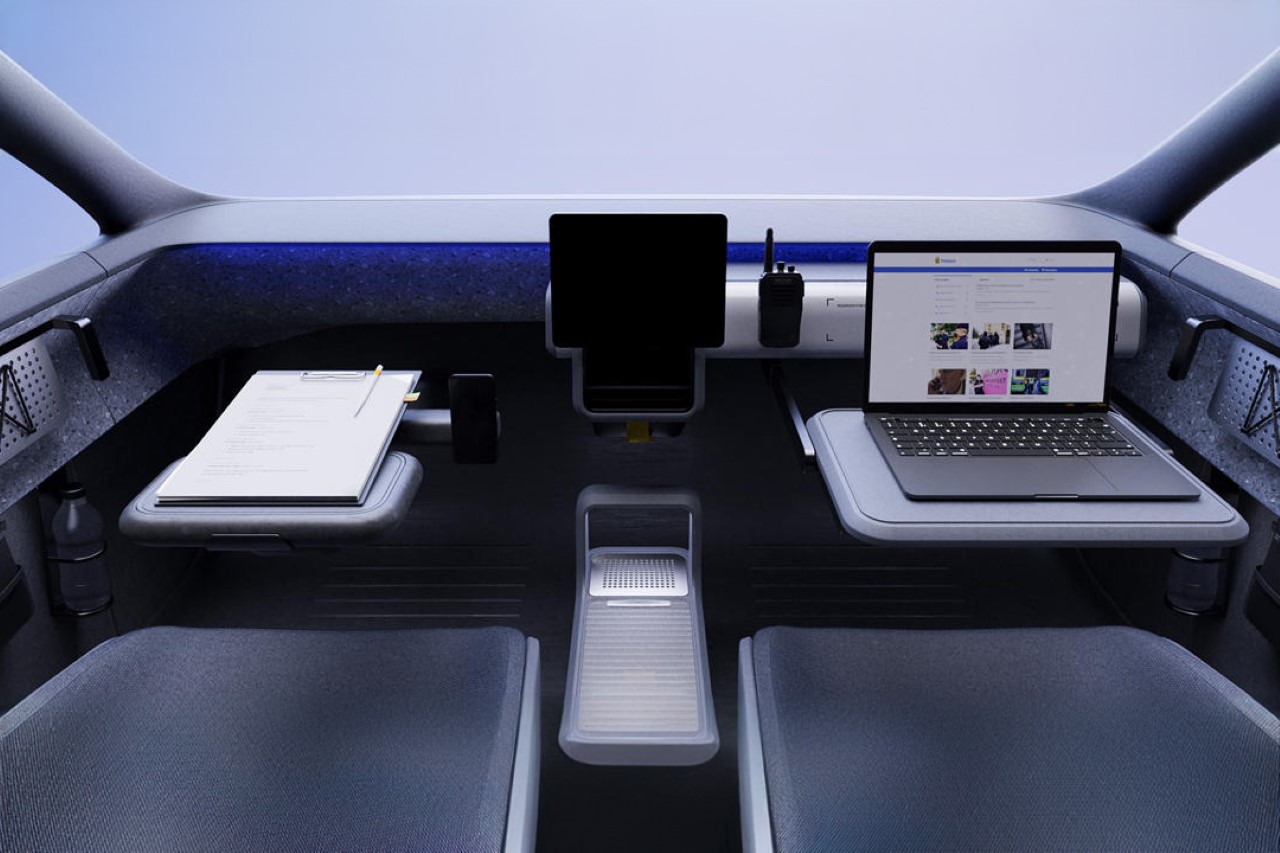
Dahlberg’s design directly addresses common complaints voiced by officers. Disorganized storage overflowing with loose equipment, cramped legroom hindering movement, and excessive wear and tear on the interior from frequent use were all major pain points.
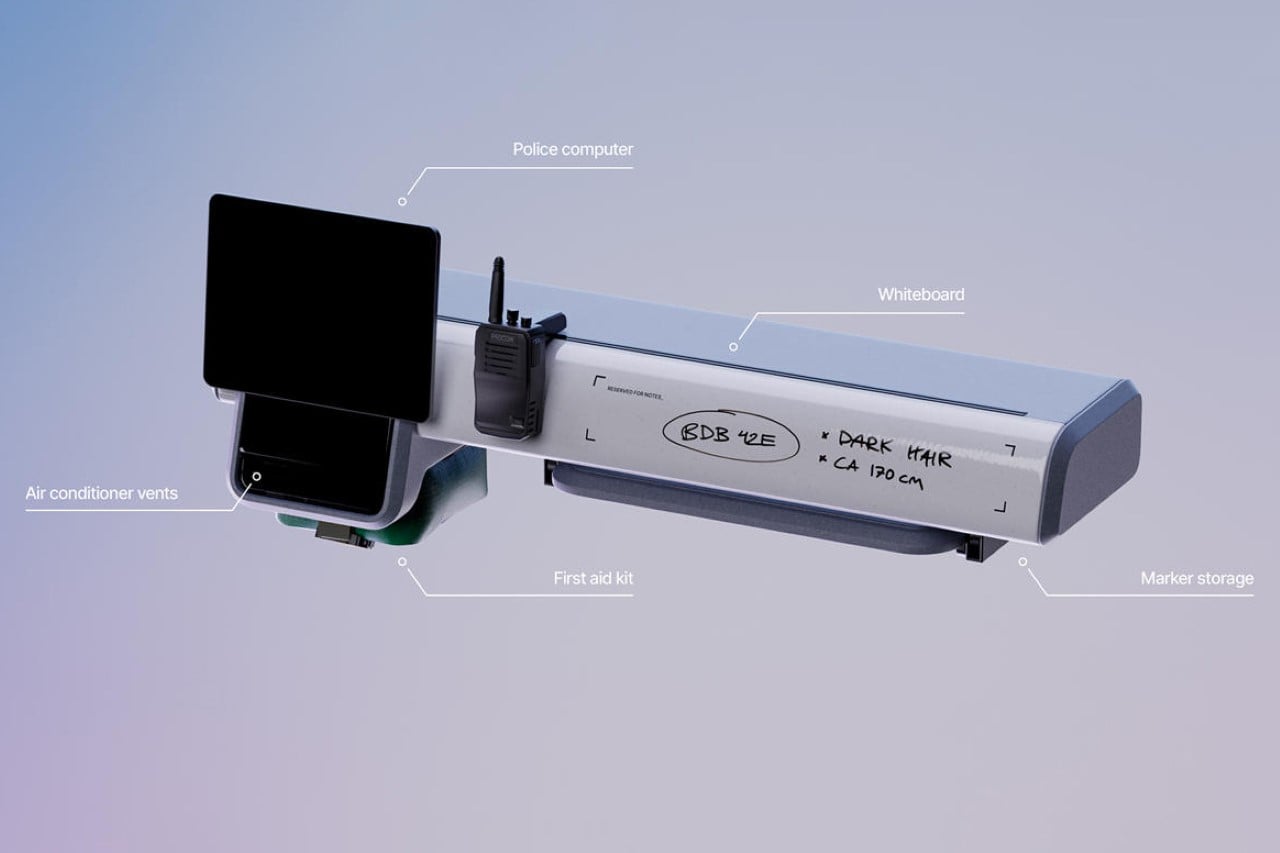
The solution lies in a complete overhaul of the layout. Ditching the sedan platform, Dahlberg proposes a medium-sized electric D-SUV. This shift provides ample space for a more ergonomic design. The interior is divided into two distinct zones, each optimized for a specific role. The driver’s area features a streamlined control panel with essential functions readily accessible. Gone are the distracting infotainment systems found in civilian cars – this is a dedicated workspace prioritizing officer safety and focus.
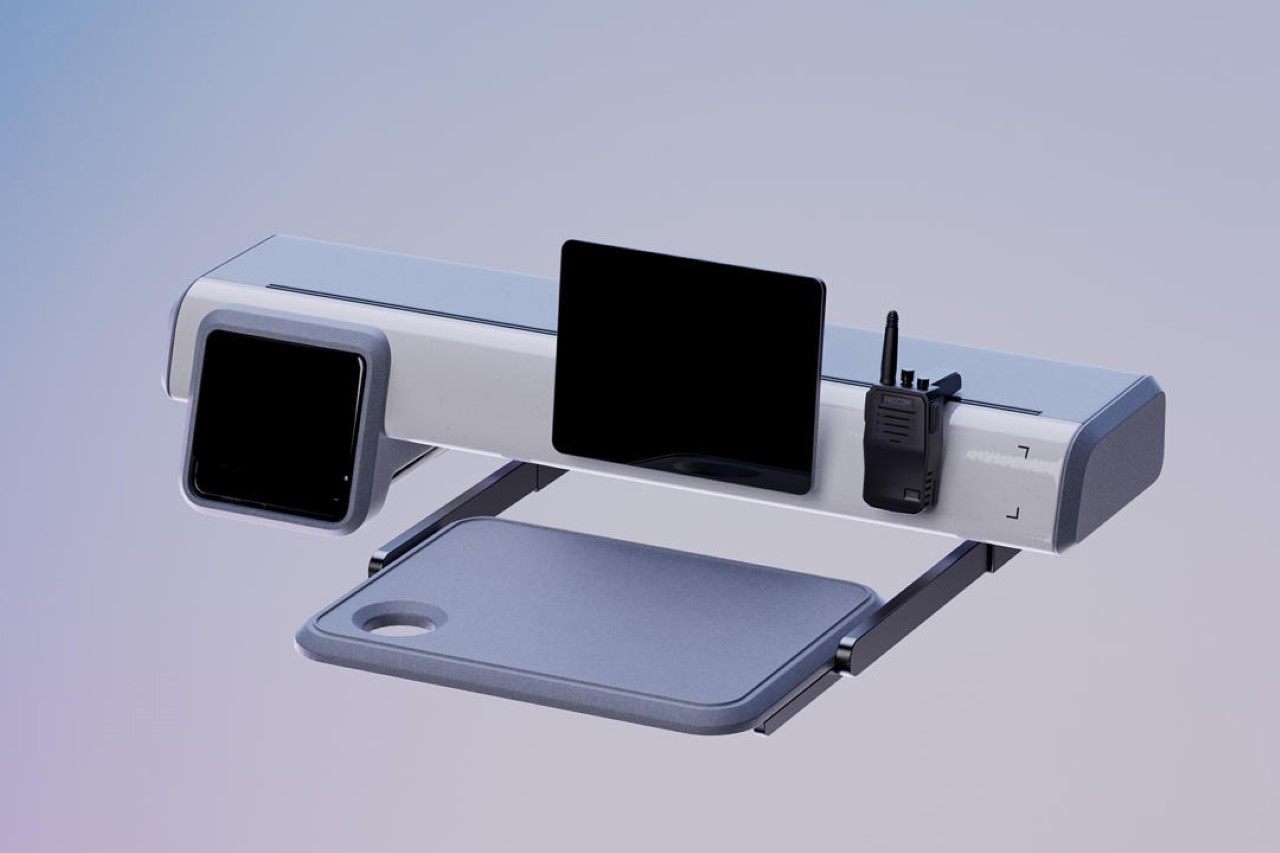
Meanwhile, the passenger side transforms into a dedicated work area. Centralized storage with designated compartments eliminates the clutter of loose equipment, while individual compartments provide easy access to personal gear. A modular system allows for further customization, with officers able to add or remove accessories based on their specific needs. This passenger workspace even features a pull-out whiteboard, perfect for quick note-taking during field operations.
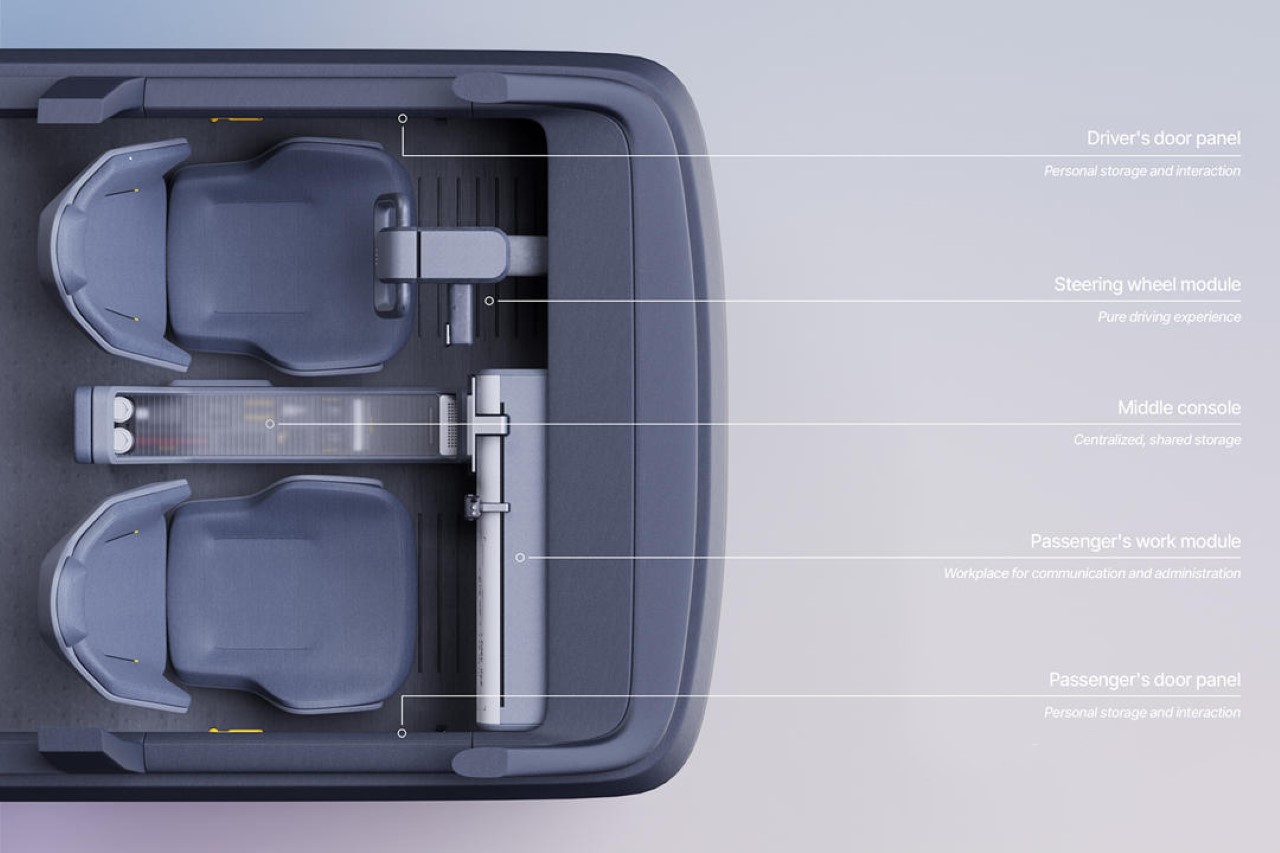
Technology is seamlessly integrated for maximum efficiency. Both the police computer and radio are mounted on a rail system, allowing officers to adjust them for optimal positioning. This flexibility ensures comfort and reduces strain, especially during extended periods on patrol.
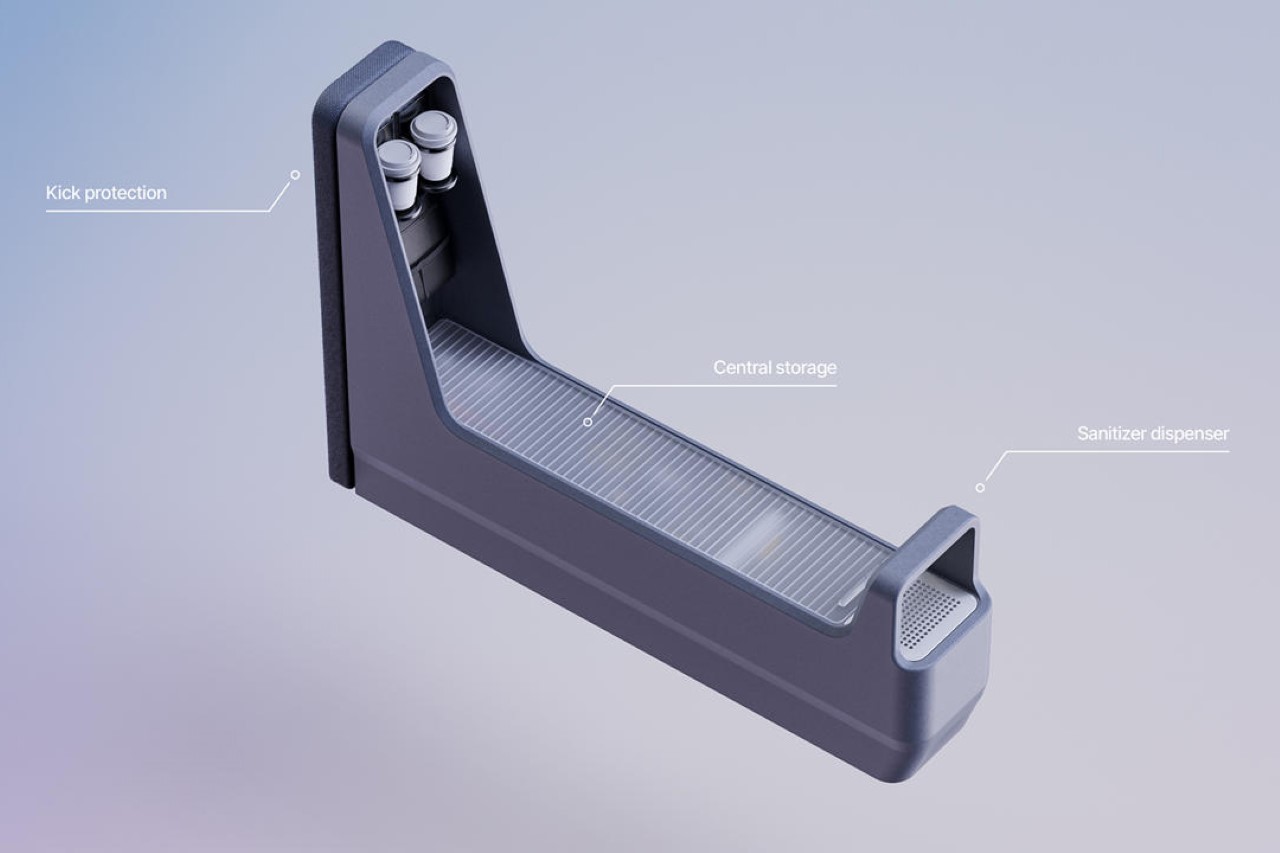
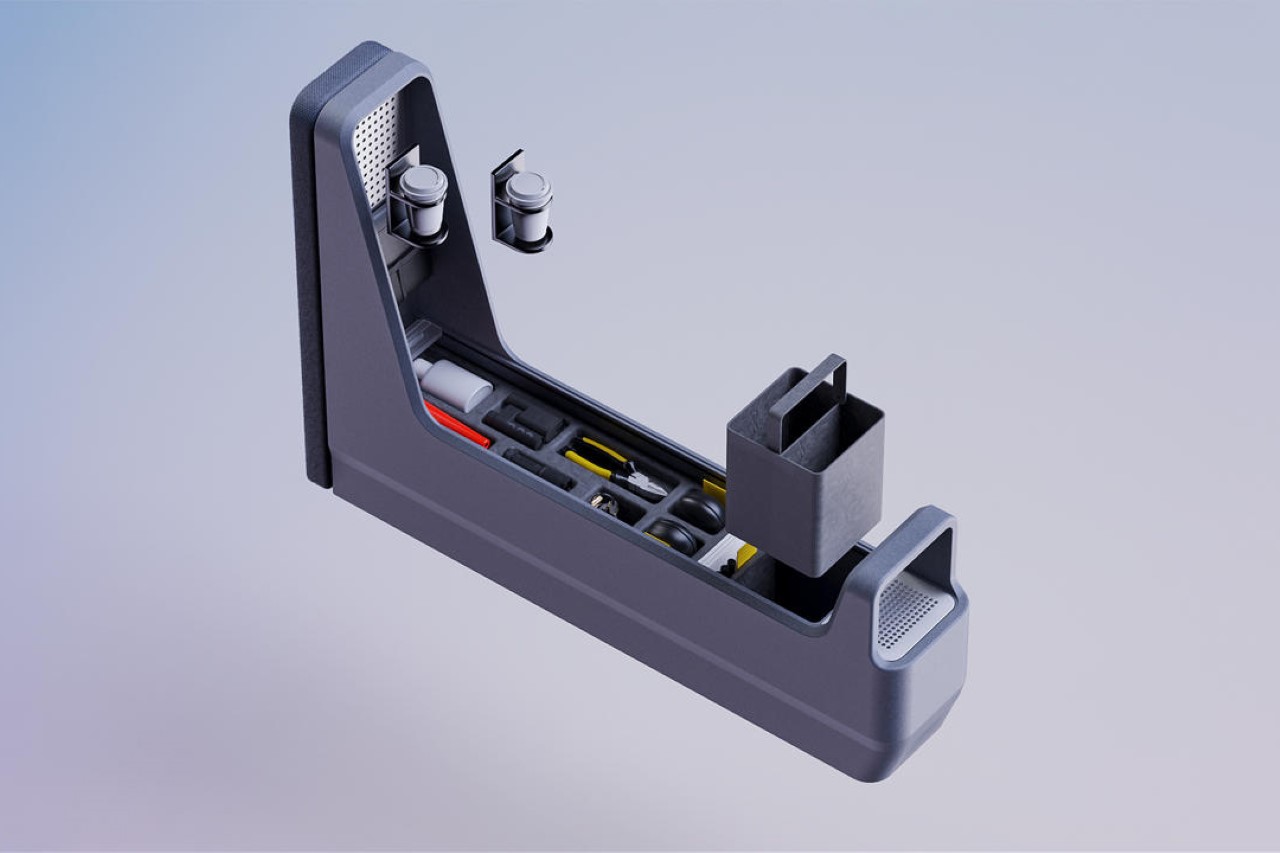
The interior utilizes durable, easy-to-clean materials derived from recycled sources. This “circular” approach minimizes environmental impact, aligning with the growing trend of eco-conscious design. Perhaps the most innovative aspect of Dahlberg’s concept lies in its modularity. Each component, from the central storage unit to the passenger work module, is designed for interchangeability and easy upgrades. This not only allows the Swedish police to adapt the interior as their needs evolve but also opens the door for potential use in other professional settings requiring similar mobile workspaces.
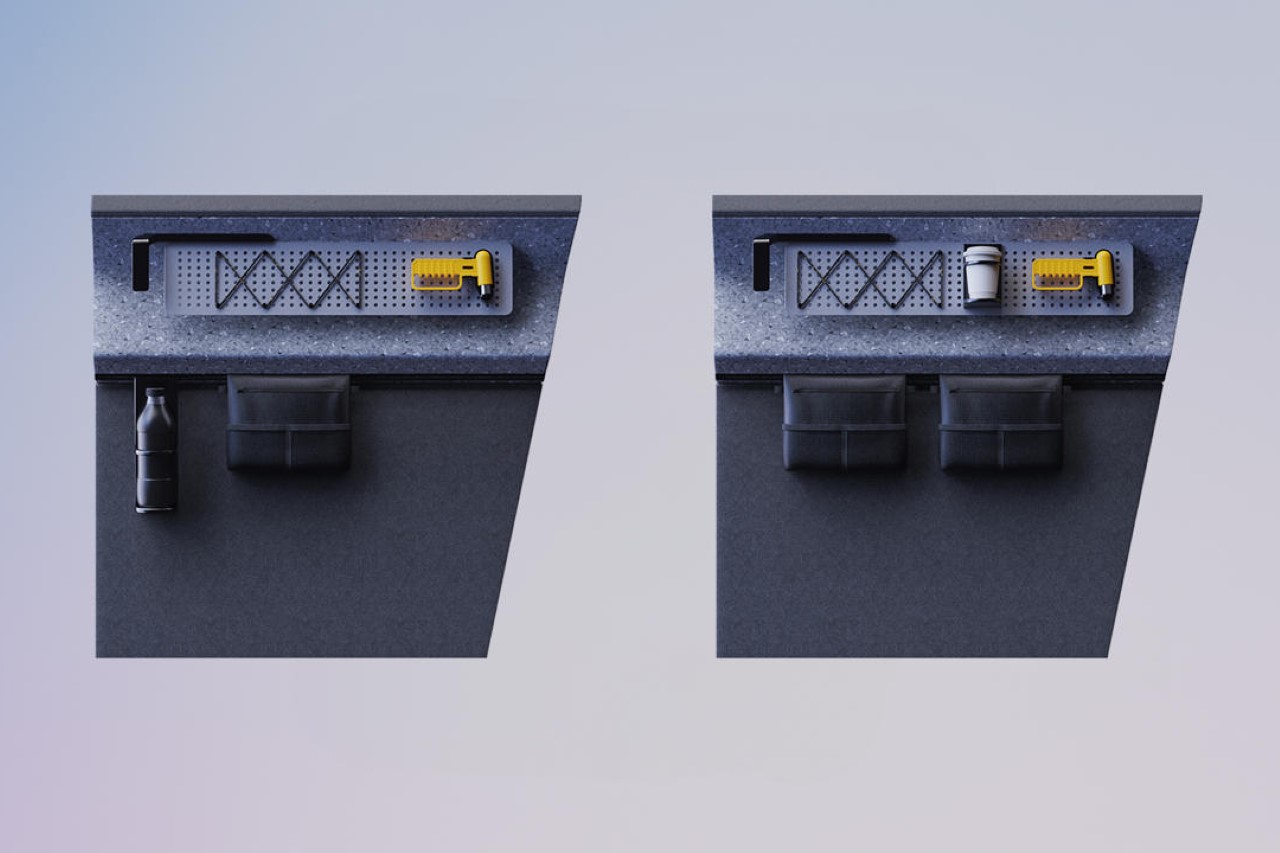
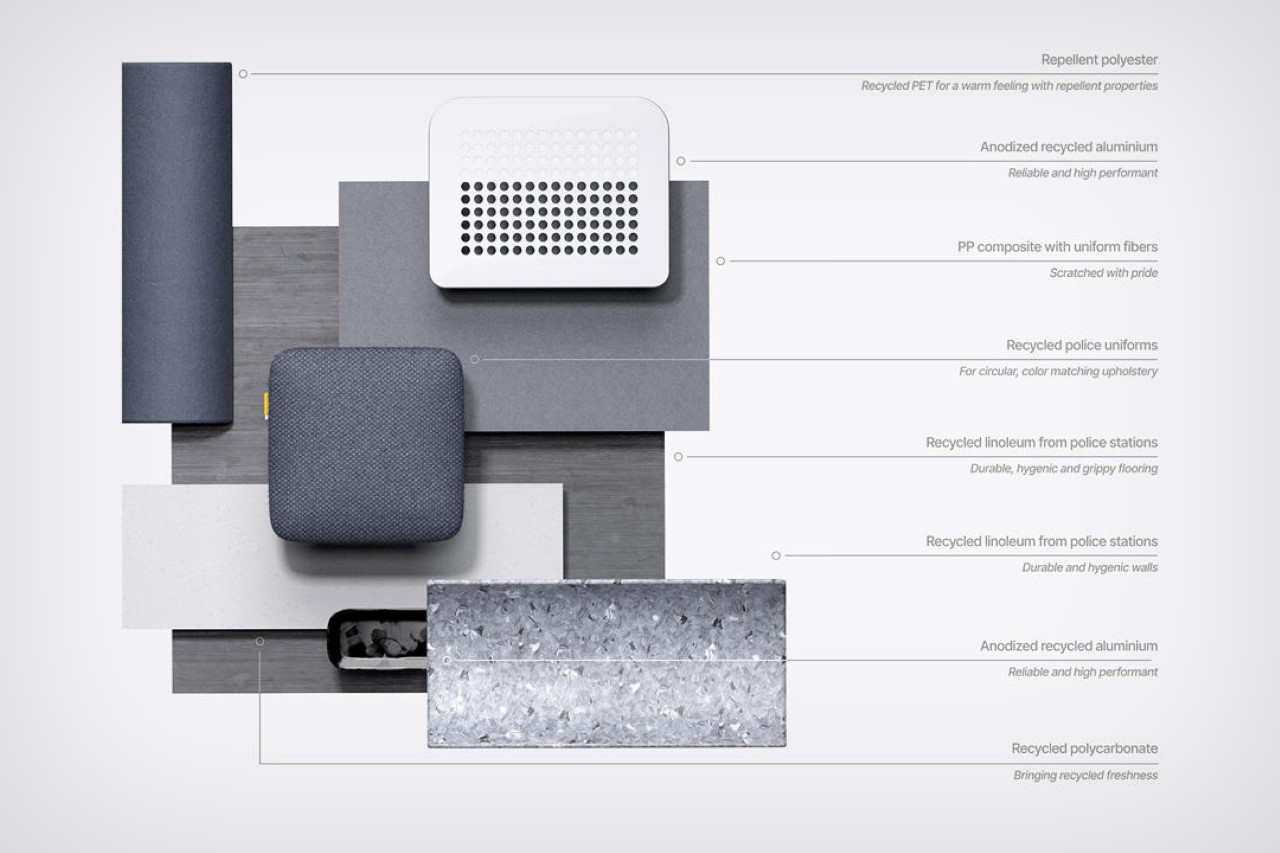
The post Student reimagines Police Car Interiors as a functional mobile office space for law enforcement first appeared on Yanko Design.